SDG GOAL 15
LIFE ON LAND
Protect, restore and promote sustainable use of terrestrial ecosystems, sustainably manage forests, combat desertification,
|
|
|
|
DIRECT NAVIGATION TO INDIVIDUAL WEBPAGE FOR EACH GOAL
|
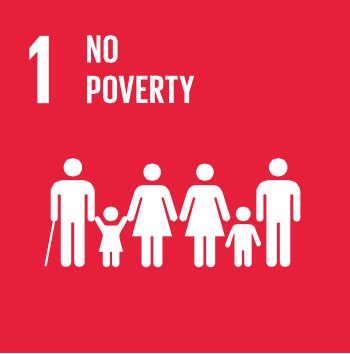
|
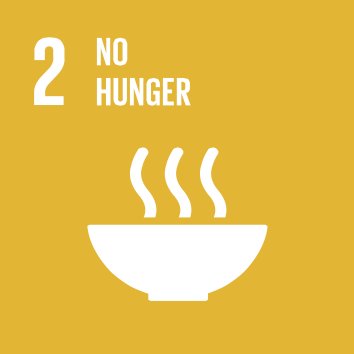
|
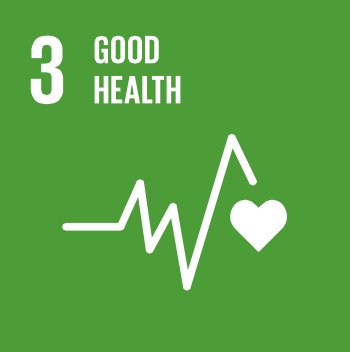
|
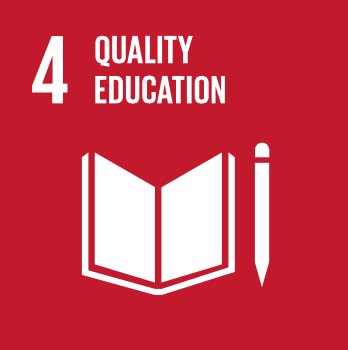
|
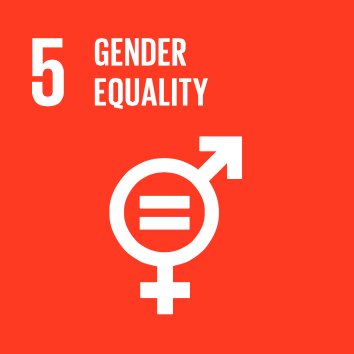
|
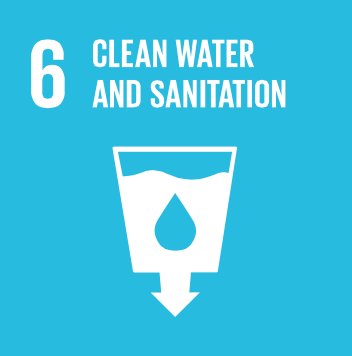
|
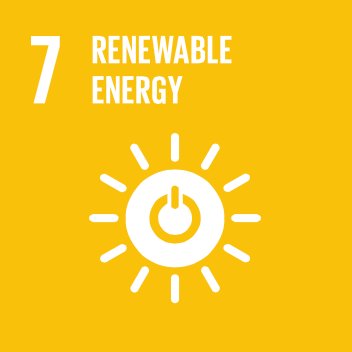
|
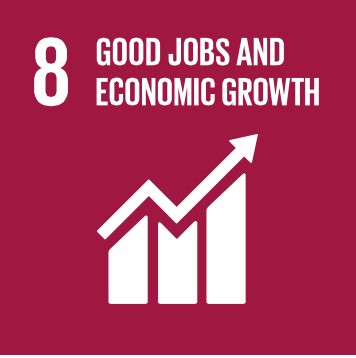
|
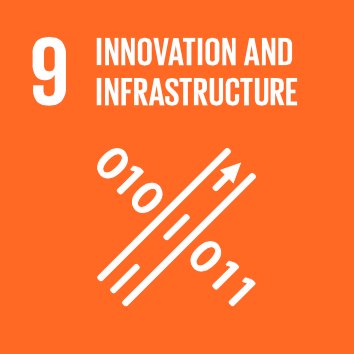
|
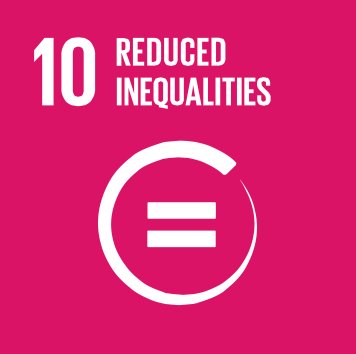
|
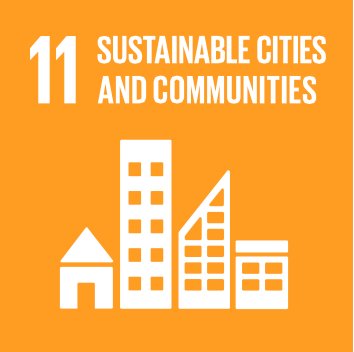
|
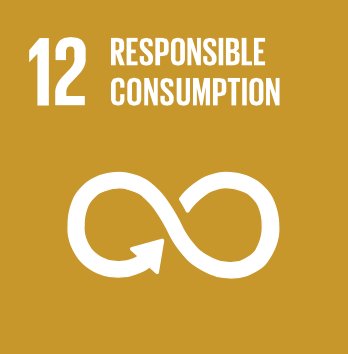
|
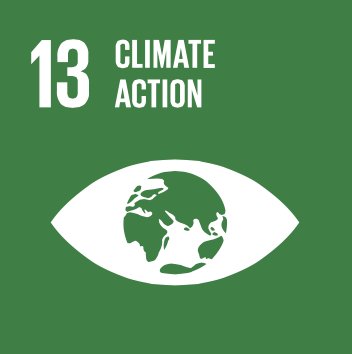
|
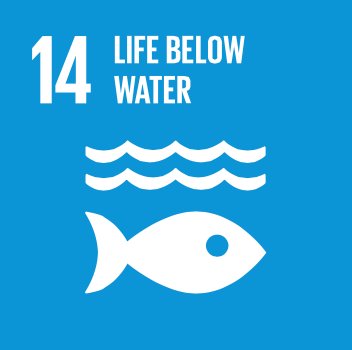
|
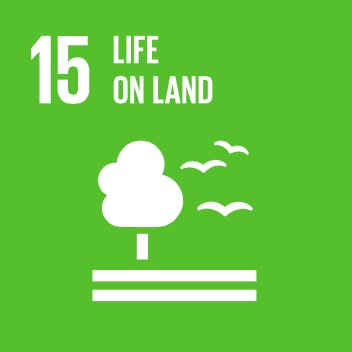
|
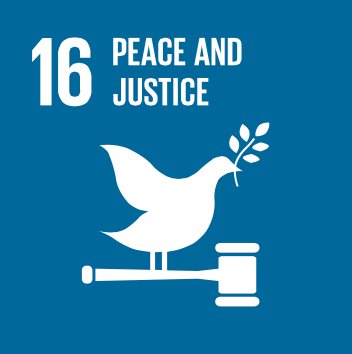
|
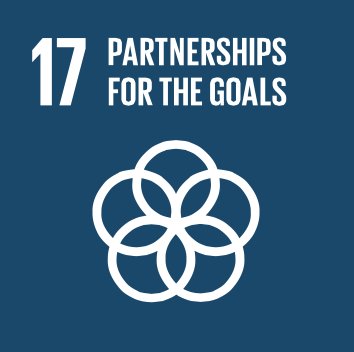
|
|
SDG GOAL 15 ... LIFE ON LAND
Protect, restore and promote sustainable use of terrestrial ecosystems, sustainably manage forests, combat desertification,
|

|
Goal 15. LIFE ON LAND ... Protect, restore and promote sustainable use of terrestrial ecosystems, sustainably manage forests, combat desertification,
|
|
|
Goals and targets
|
Indicators
|
|
|
15.1
|
By 2020, ensure the conservation, restoration and sustainable use of terrestrial and inland freshwater ecosystems and their services, in particular forests, wetlands, mountains and drylands, in line with obligations under international agreements
|
15.1.1 Forest area as a proportion of total land area
15.1.2 Proportion of important sites for terrestrial and freshwater biodiversity that are covered by protected areas, by ecosystem type
|
|
|
15.2
|
By 2020, promote the implementation of sustainable management of all types of forests, halt deforestation, restore degraded forests and substantially increase afforestation and reforestation globally
|
15.2.1 Progress towards sustainable forest management
|
|
|
15.3
|
By 2030, combat desertification, restore degraded land and soil, including land affected by desertification, drought and floods, and strive to achieve a land degradation-neutral world
|
15.3.1 Proportion of land that is degraded over total land area
|
|
|
15.4
|
By 2030, ensure the conservation of mountain ecosystems, including their biodiversity, in order to enhance their capacity to provide benefits that are essential for sustainable development
|
15.4.1 Coverage by protected areas of important sites for mountain biodiversity
15.4.2 Mountain Green Cover Index
|
|
|
15.5
|
Take urgent and significant action to reduce the degradation of natural habitats, halt the loss of biodiversity and, by 2020, protect and prevent the extinction of threatened species
|
15.5.1 Red List Index
|
|
|
15.6
|
Promote fair and equitable sharing of the benefits arising from the utilization of genetic resources and promote appropriate access to such resources, as internationally agreed
|
15.6.1 Number of countries that have adopted legislative, administrative and policy frameworks to ensure fair and equitable sharing of benefits
|
|
|
15.7
|
Take urgent action to end poaching and trafficking of protected species of flora and fauna and address both demand and supply of illegal wildlife products
|
15.7.1 Proportion of traded wildlife that was poached or illicitly trafficked
|
|
|
15.8
|
By 2020, introduce measures to prevent the introduction and significantly reduce the impact of invasive alien species on land and water ecosystems and control or eradicate the priority species
|
15.8.1 Proportion of countries adopting relevant national legislation and adequately resourcing the prevention or control of invasive alien species
|
|
|
15.9
|
By 2020, integrate ecosystem and biodiversity values into national and local planning, development processes, poverty reduction strategies and accounts
|
15.9.1 Progress towards national targets established in accordance with Aichi Biodiversity Target 2 of the Strategic Plan for Biodiversity 2011-2020
|
|
|
15.a
|
Mobilize and significantly increase financial resources from all sources to conserve and sustainably use biodiversity and ecosystems
|
15.a.1 Official development assistance and public expenditure on conservation and sustainable use of biodiversity and ecosystems
|
|
|
15.b
|
Mobilize significant resources from all sources and at all levels to finance sustainable forest management and provide adequate incentives to developing countries to advance such management,
including for conservation and reforestation
|
15.b.1 Official development assistance and public expenditure on conservation and sustainable use of biodiversity and ecosystems
|
|
|
15.c
|
Enhance global support for efforts to combat poaching and trafficking of protected species, including by increasing the capacity of local communities to pursue sustainable livelihood opportunities
|
15.c.1 Proportion of traded wildlife that was poached or illicitly trafficked
|
|
INDICATORS / WORKING NOTES
Goal 15 ... Proposed Indicators 89 to 92
Potential and Illustrative Core Indicators
|
|
Indicator 89:
|
Annual change in forest area and land under cultivation
Rationale and definition: This indicator tracks the net change of forest area and the expansion of agriculture
into natural ecosystems, as well as the loss of productive agricultural land to the growth of urban areas,
industry, roads, and other uses, which may threaten a country's food security. It is measured as a percentage
change per year and tracked by FAO. Success would be reducing the loss of agricultural land to other uses
(industry, urban areas), while also halting the conversion of natural ecosystems to agriculture. Sustainable
agroecological intensification would allow increased food production without converting natural ecosystems
to agriculture.
Land under cultivation is defined by FAO as land under temporary crops (double-cropped areas are counted
once), temporary meadows for mowing or for pasture, land under market or kitchen gardens, and land
temporarily fallow (FAOSTAT, online).167 Forest area is land under natural or planted stands of trees,
excluding tree stands in agricultural production systems (e.g. plantations or agroforestry systems) and trees
in urban parks and gardens.
Disaggregation: This indicator can be disaggregated spatially.
Comments and limitations: The indicator could be expanded to also include wetlands or other critical
ecosystems.168
Preliminary assessment of current data availability by Friends of the Chair: B
Potential lead agency or agencies: FAO, UNEP.
|
|
|
Indicator 90:
|
Area of forest under sustainable forest management as a percentage of forest area
Rationale and definition: The indicators on annual change in forest area (Target 6b) and on protected areas
overlay with biodiversity provide important information on the change in forest area and the protection of
key forest regions. A third forest-related indicator is needed to track the sustainability of economic and
other uses of forests. The Global Forest Resources Assessment 2010169 has proposed this indicator
measuring the percentage of forest under sustainable management.
Disaggregation: Countries with strong forest management systems can disaggregate the indicator spatially.
Comments and limitations: A challenge for this indicator is to arrive at an internationally consistent
definition of sustainable forest management practices.170 An improved version of the indicator and
underlying data will be provided in the 2015 assessment of Global Objectives on Forests.
Preliminary assessment of current data availability by Friends of the Chair: B
167 See FAOSTAT: http://faostat.fao.org/site/375/default.aspx
168 See FAO Global Forest Resources Assessments: http://www.fao.org/forestry/fra/en 169 FAO, (2010), Global Forest Resources Assessment 2010, Rome, Italy: FAO. 170 UN Statistics Division, (2014).
Revised working draft (July 25, 2014)
94
Potential lead agency or agencies: FAO, UNEP.
|
|
|
Indicator 91:
|
Red List Index (by country and major species group, for Internationally Traded Species)
Rationale and definition: The Red List Index (RLI), drawing on the IUCN Red List of Threatened Species, tracks
the rate of extinction for marine and terrestrial species groups in the near future (i.e. 10-50 years) in the
absence of any conservation action.171 A downward trend in the index implies that the risk of a species’
extinction is rising. The RLI is used to measure progress towards the Aichi target 12 of the Convention on
Biological Diversity (CBD)172 and the Millennium Development Goals.
The IUCN Red List is the most respected system to track the status of threatened species according to seven
risk categories that range from “extinct” to “least concern”173. The criteria for determining the risk status of
each species are scientifically rigorous and easy to understand for the general public. The Red List Index is
applicable to different major species groups, transparent, and can track trends over time.174 It has been
developed for many major species groups, such as amphibians and avians, but important gaps remain,
particularly among less well-studied major species groups, such as fungi. For species groups not yet covered
by the RLI, a sampled RLI (SRLI) can be used that is based on representative samples of species from
taxonomic groups.
Disaggregation: The RLI can be disaggregated to regional and national levels.175 We recommend that
national and global RLIs be reported by key species group. In the case of smaller countries that cover
contiguous marine or terrestrial biomes, it may be more appropriate to report regional RLI by key species
group.
We propose that the RLI also be applied to internationally traded terrestrial and marine species identified in
appendices I and II of the Convention on Internationally Traded and Endangered Species (CITES).176 The RLI
for Internationally Traded Species will track the near-term extinction risk for species that are subject to
international trade and whose survival is therefore heavily affected by non-host countries and cooperative
international strategies.
Comments and limitations: One of the limitations is the focus on wild species as opposed to those species
commonly used as food or for agriculture by humans. In addition to this, the Index does not consider the
genetic status of species, capturing only one aspect of biodiversity.177
Preliminary assessment of current data availability by Friends of the Chair: A
Potential lead agency or agencies: IUCN and CITES.
|
|
|
Indicator 92:
|
Protected areas overlay with biodiversity
Rationale and definition: Terrestrial and marine protected areas are an important means of securing
biodiversity and are therefore tracked under the Aichi targets. Yet, the global protected area system does
not yet cover a representative sample of the world’s biodiversity, nor is it effectively targeted at the most
important sites for biodiversity. For this reason Aichi Biodiversity Target 11 of the Convention on Biological
171 Butchart SH, Resit Akçakaya H, Chanson J, Baillie JE, Collen B, et al., (2007), Improvements to the Red List Index, PLoS ONE 2(1):140.
172 See: http://www.bipindicators.net/indicators for indicators to measure progress towards the Aichi targets.
173 For more information, see: http://www.iucnredlist.org/technical-documents/categories-and-criteria
174 For an overview of the Red List, see: http://www.iucnredlist.org/about/red-list-overview
175 For more information on national and regional RLIs see: http://www.bipindicators.net/LinkClick.aspx?fileticket=LxlQO8fYW-4%3D&tabid=72&mid=1895
176 See CITES website: http://www.cites.org 177 UN Statistics Division, (2014).
Revised working draft (July 25, 2014)
95
Diversity (CBD) places emphasis on the development of ecologically representative protected area systems
and the protection of areas of particular importance for biodiversity and ecosystem services.178 This
indicator, developed by UNEP-WCMC (the world conservation monitoring center) with the collaboration of
several other specialized organizations, measures progress towards these elements of Target 11.
The indicator is a composite of three sub indicators: (i) the degree of protection of terrestrial and marine
ecoregions of the world; (ii) the degree of protection of Important Bird Areas (IBAs); and (iii) the degree of
protection of Alliance for Zero Extinction sites (AZEs). The sub indicators are calculated based on overlays of
ecoregions, IBAs and AZEs with all designated protected areas recorded in the World Database on Protected
Areas (WDPA) with a known size. The WDPA is the most comprehensive global spatial dataset on marine and
terrestrial protected areas available. The methodology used to create a global protected areas layer from the
WDPA follows the one used to calculate the protected area coverage indicator.
Disaggregation: Although mostly used at a global scale, the indicator can be calculated for regions, countries,
or even biomes,179 and we recommend that such national-level reporting become a priority under the post-
2015 agenda. In the case of smaller countries covering contiguous ecoregions, a regional representation of
this indicator may be more appropriate.
Comments and limitations: The indicator can be used to assess the status of protection and trends in
protection over time. It can be widely applied at various scales to measure policy responses to biodiversity
loss. UNEP-WCMC is working closely with the Alliance for Zero Extinction, BirdLife International and
Conservation International to further improve the datasets and methodology used to calculate the IBA and
AZE Protection Indices.
The indicator is more complex than the original MDG Indicator, but it provides much richer information on
the state of biodiversity in countries. A simplified and non-composite indicator for the coverage of protected
areas can be derived by focusing only on the first component. This Ecoregion Protection Indicator would
represent a weighted average of the percentage attainment of the Aichi target of protecting 17% of
terrestrial systems and inland waters, and protecting 10% of marine and coastal areas. Marine protected
areas (MPA) are measured as the percentage of a country’s exclusive economic zone (EEZ) that is under
protection180 and is reported under the Marine Protected Areas Database (WDPA).181 Like the Aichi target,
each component of the proposed index is measured separately and capped at 100% so that the greater
protection of one terrestrial ecoregion will not compensate for the insufficient protection of another system.
While using the coverage of protected areas would simplify the task of countries regarding the collection of
data, this indicator would fail to provide information on the effectiveness of the management of the
protected area. Moreover, a percentage of protected area does not provide any insights on whether the
area protected is critical for securing regional biodiversity.
Preliminary assessment of current data availability by Friends of the Chair: B
Potential lead agency or agencies: UNEP-WCMC.
178 This and the following description of the indicator is drawn from Biodiversity Partnership Indicators; for more information see:
http://www.bipindicators.net/paoverlays
179 See Biodiversity Indicators Partnership, (2010).
180 See United Nations Convention on the Law of the Sea website:
http://www.un.org/depts/los/convention_agreements/texts/unclos/part5.htm
181 See WDPA website: http://www.wdpa.org
Revised working draft (July 25, 2014)
96
|
|
|
|
Additional indicators that countries may consider:
• Abundance of invasive alien species: This indicator tracks the number of invasive alien species
found in the country.
• Improved land ownership and governance of forests: Percent of forest area with clear and secure
land ownership.
• Vitality Index of Traditional Environmental Knowledge (VITEK): This indicator tracks trends in the
degree to which traditional knowledge and practices of indigenous and local communities are
respected and integrated in the implementation of the Convention on Biological Diversity.182
• [Indicator on the conservation of mountain ecosystems] - to be developed: this indicator the
sustainable conservation and management of mountain ecosystems
182 For more information see VITEK website: http://www.terralingua.org/vitek/
Revised working draft (July 25, 2014)
|
|
|
|
|

